Peruvian Yellow Pepper Sauce: 7 Spicy Secrets You Need to Know Before Your Next Meal
If you're craving something with a punch of flavor and a touch of heat, you’ve come to the right place. Welcome to the vibrant world of Peruvian yellow pepper sauce — or as it's known in Peru, salsa de ají amarillo. This golden-hued condiment is more than just a hot sauce; it’s the soul of Peruvian cuisine, packed with fruity depth, floral notes, and that perfect level of fire.
In this article, we’ll take you on a flavorful journey through its origins, uses, and why every spice lover should have a bottle (or two) tucked away in their pantry. Whether you’re a culinary pro or a curious foodie, there’s something here for everyone. Ready to spice up your life?
Table of Contents
- A Little History: Where Did It All Begin?
- Flavor Profile: What Makes It So Unique?
- 5 Must-Try Ways to Use Peruvian Yellow Pepper Sauce
- Buying Guide: Choosing the Best Bottle for Your Taste
- DIY at Home: How to Make Your Own Yellow Pepper Sauce
- Storage & Shelf Life: Keep That Flavor Fresh
- Spice Around the World: How Peruvian Aji Amarillo Stacks Up
- Final Thoughts: Why You Should Never Skip This Sauce
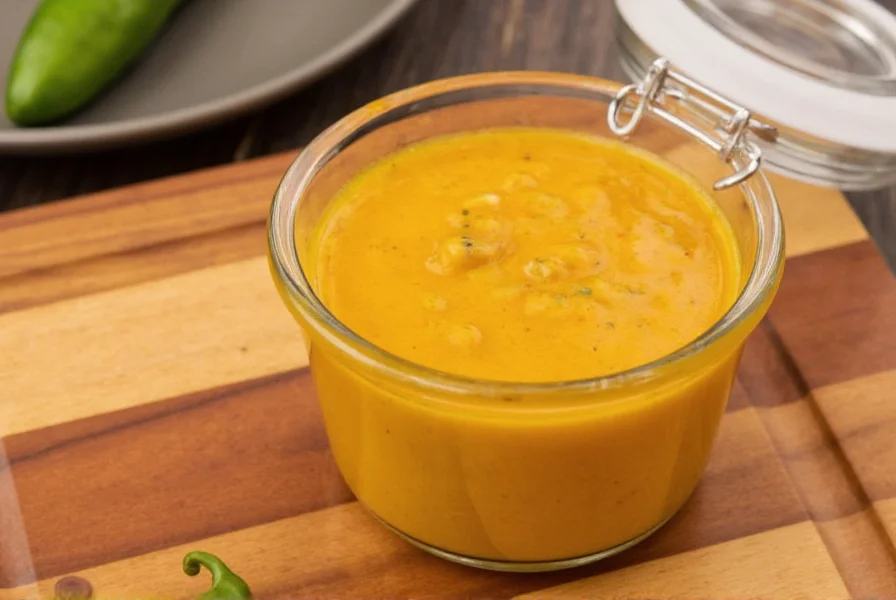
A Little History: Where Did It All Begin?
The story of ají amarillo begins thousands of years ago in the Andes Mountains. Long before the Inca Empire rose to power, native communities were cultivating wild peppers, using them not only for flavor but also for medicinal purposes. The yellow chili became a staple in pre-Columbian diets, prized for its intense color and robust flavor profile.
Fast forward to modern-day Peru — ají amarillo is now considered one of the country’s national treasures. It plays a starring role in iconic dishes like Lomo Saltado, Papa a la Huancaína, and Ceviche. Thanks to globalization and growing interest in global cuisines, this once-local secret is now a rising star on the international spice scene.
Flavor Profile: What Makes It So Unique?
If you've ever tasted a habanero, you know how powerful capsaicin can be. But ají amarillo isn’t about brute force — it’s more of a flavor artist. Let’s break down what makes it stand out:
- Heat Level: Mild to medium, ranging between 30,000–50,000 Scoville units.
- Taste Notes: Tropical fruitiness (think mango and passionfruit), bell pepper sweetness, and a hint of earthy herbaceousness.
- Aroma: Bright, almost floral, with a slight citrus undertone.
- Texture: Smooth when pureed, often used fresh or dried and rehydrated in sauces.
Unlike other hot sauces that lean heavily on vinegar or salt, Peruvian yellow pepper sauce lets the natural flavor of the pepper shine through — making it incredibly versatile for both spicy lovers and those new to Latin heat.
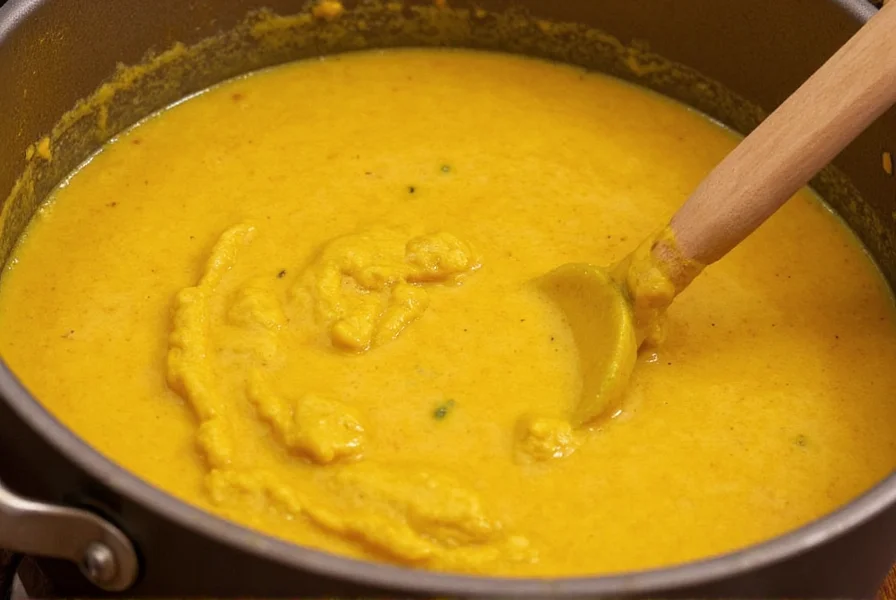
5 Must-Try Ways to Use Peruvian Yellow Pepper Sauce
You don’t need to book a flight to Lima to enjoy the magic of ají amarillo. Here are five easy ways to incorporate this bold sauce into your everyday cooking:
- Mix into Mayonnaise for Lomo Saltado Dipping: Combine 2 tablespoons of sauce with ½ cup mayonnaise for a creamy, tangy dip that pairs perfectly with beef stir-fries.
- Swirl into Soups: Add a teaspoon to tomato-based soups or creamy chowders for an unexpected kick.
- Dress Up Tacos: Drizzle over fish tacos, grilled chicken, or even vegan bowls for a burst of flavor.
- Marinate Meats: Mix with garlic, cumin, and olive oil for a zesty marinade that tenderizes and flavors proteins beautifully.
- Stir into Rice Dishes: Infuse your rice with color and warmth by adding a spoonful during cooking — especially great for paella or fried rice!
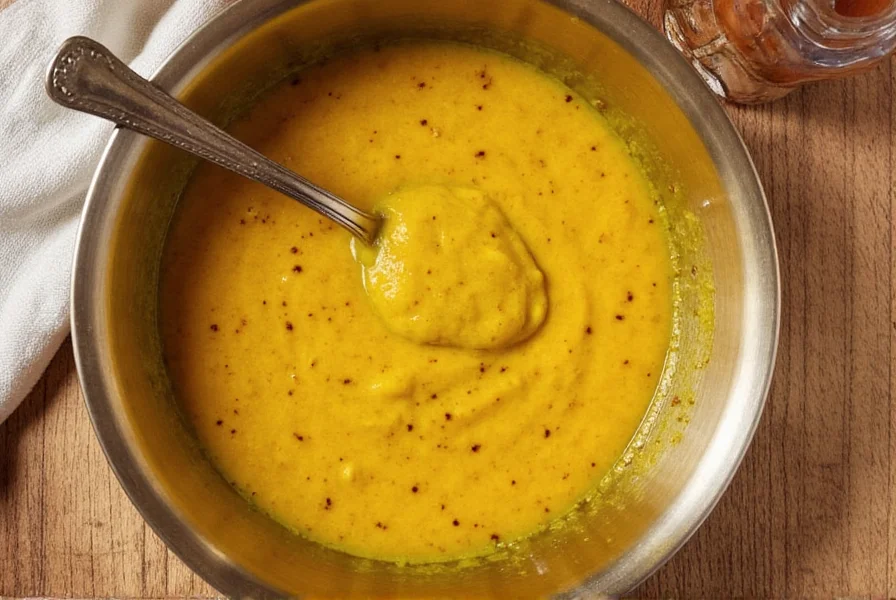
Buying Guide: Choosing the Best Bottle for Your Taste
Not all Peruvian yellow pepper sauces are created equal. With so many options flooding store shelves and online marketplaces, how do you pick the right one? Here’s a handy guide to help you choose wisely:
| Brand | Heat Level | Flavor Notes | Best For | Price Range |
|---|---|---|---|---|
| El Guapo | Mild-Medium | Fruity, slightly smoky | Beginners, sandwiches, dips | $$ |
| Pachamama Organics | Medium | Bright, fresh, citrusy | Seafood, ceviche, light dishes | $$$ |
| La Costeña | Medium-Hot | Earthy, slightly bitter | Heartier dishes, stews | $ |
| Don Victor | Hot | Intense, rich, peppery | Experienced users, bold recipes | $$ |
| Amigo Foods | Mild | Smooth, balanced, sweet | Kids, mild lovers, sauces | $ |
What to Look For:
- Ingredients List: The fewer the better. Ideally, look for sauces made from pure ají amarillo, vinegar, garlic, and salt — no unnecessary preservatives.
- Texture: Smooth and well-blended. Avoid gritty or overly thick sauces unless that’s your preference.
- Color: Vibrant yellow-orange hue. Avoid dull or brownish tones which could indicate aging or poor quality ingredients.
- Origin: If possible, opt for brands imported directly from Peru or produced by authentic Latin American companies.
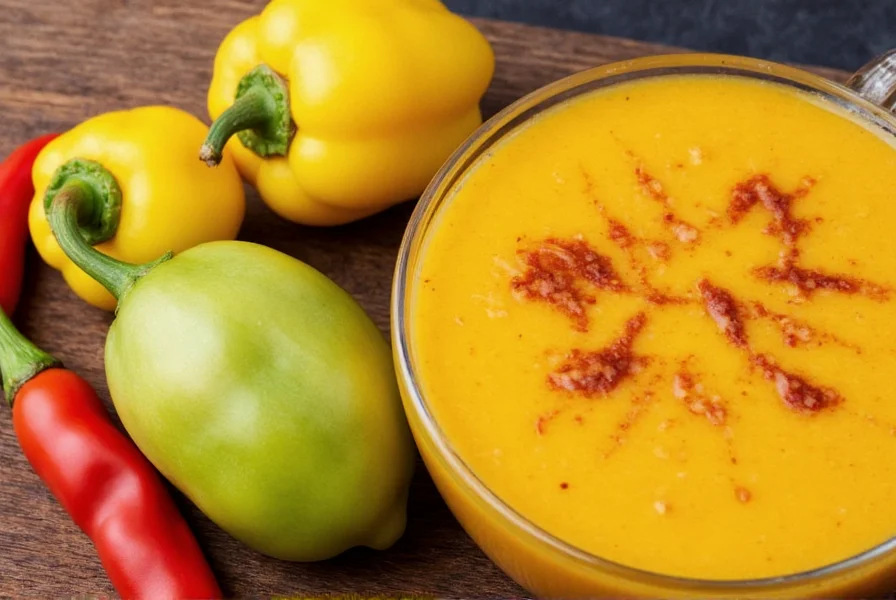
DIY at Home: How to Make Your Own Yellow Pepper Sauce
Feeling adventurous? Making your own salsa de ají amarillo is easier than you might think. Plus, homemade versions let you control the heat, texture, and flavor intensity. Here’s a simple recipe to get started:
Ingredients:
- 6–8 fresh or frozen ají amarillo peppers
- 1 clove garlic
- 1 small onion, chopped
- 2 tbsp white vinegar
- 1 tsp salt
- 1/2 cup water (adjust for consistency)
Instructions:
- Rinse the peppers and remove stems and seeds (optional for less heat).
- Place all ingredients in a blender and pulse until smooth.
- Transfer to a saucepan and simmer for 10 minutes to meld flavors.
- Let cool, then store in a sealed jar in the fridge for up to 2 weeks.
Pro Tip: Add a dash of lime juice or a teaspoon of honey to enhance brightness and balance the spice.
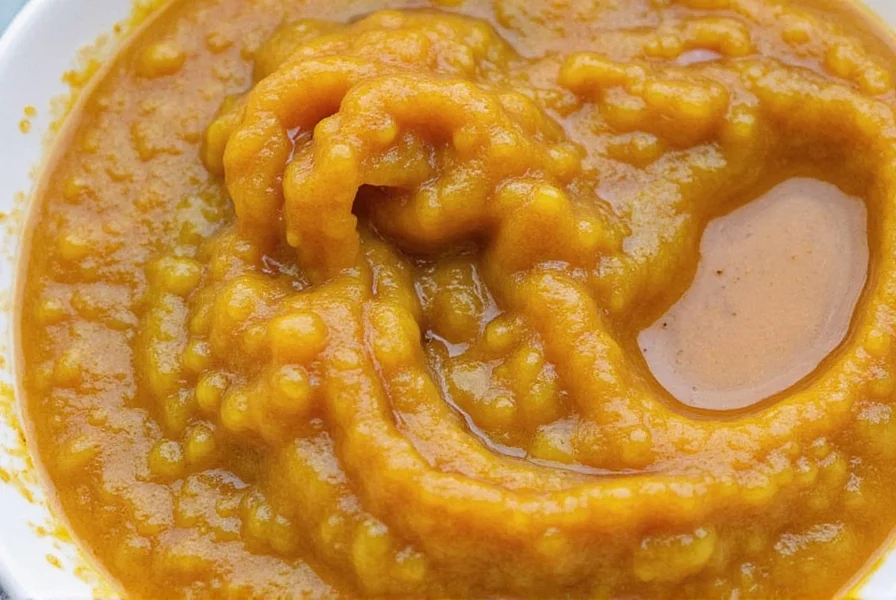
Storage & Shelf Life: Keep That Flavor Fresh
To keep your sauce tasting its best, proper storage is key. Here’s how to extend shelf life and preserve flavor:
- Refrigeration: Store opened bottles in the refrigerator and use within 2–3 weeks.
- Freezing: Pour sauce into ice cube trays and freeze for later use in soups, stews, or marinades.
- Oil Layer: Cover the top layer with a thin coating of olive oil to prevent oxidation and mold growth.
- Sanitize Jars: When making your own, sterilize glass jars by boiling them before filling.
Spice Around the World: How Peruvian Aji Amarillo Stacks Up
While many cultures have their own fiery favorites, the Peruvian yellow pepper stands out in several key ways. Check out this quick comparison with other global hot sauces:
| Sauce | Origin | Heat Level | Main Ingredient | Unique Feature |
|---|---|---|---|---|
| Peruvian Yellow Pepper | Peru | Mild-Medium | Ají amarillo | Rich fruitiness, floral aroma |
| Tabasco | USA | Medium | Tabasco pepper | Vinegar-forward, aged in barrels |
| Sriracha | Thailand/US | Medium-Hot | Red jalapeño | Garlicky, umami-rich, thick texture |
| Harissa | Tunisia/North Africa | Medium-Hot | Roasted red peppers | Smoky spices, ideal for rubs |
| Chili Garlic Sauce | China | Hot | Red chilies | Very garlicky, oily base |
Whether you prefer smoky, vinegary, garlicky, or fruity — there’s a global sauce for every palate. But few offer the aromatic complexity of the Peruvian yellow pepper.

Final Thoughts: Why You Should Never Skip This Sauce
From ancient traditions to modern kitchens, ají amarillo has earned its place among the world’s most beloved spices. Its unique blend of heat and flavor makes it an essential tool in any cook’s arsenal — whether you’re spicing up weeknight dinners or impressing guests with a Peruvian-inspired feast.
So next time you're reaching for that usual hot sauce, give Peruvian yellow pepper sauce a shot. It might just become your new kitchen staple — and your taste buds will thank you for it!
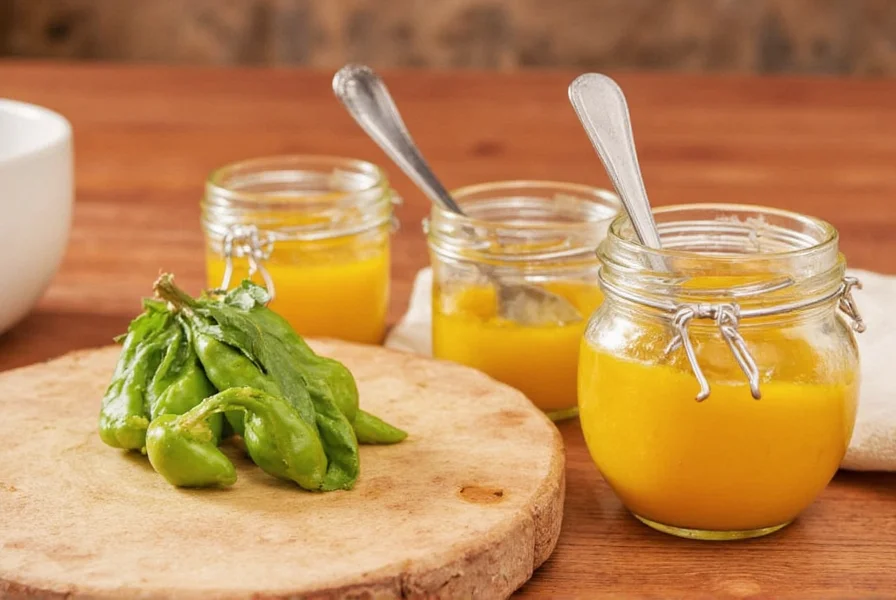

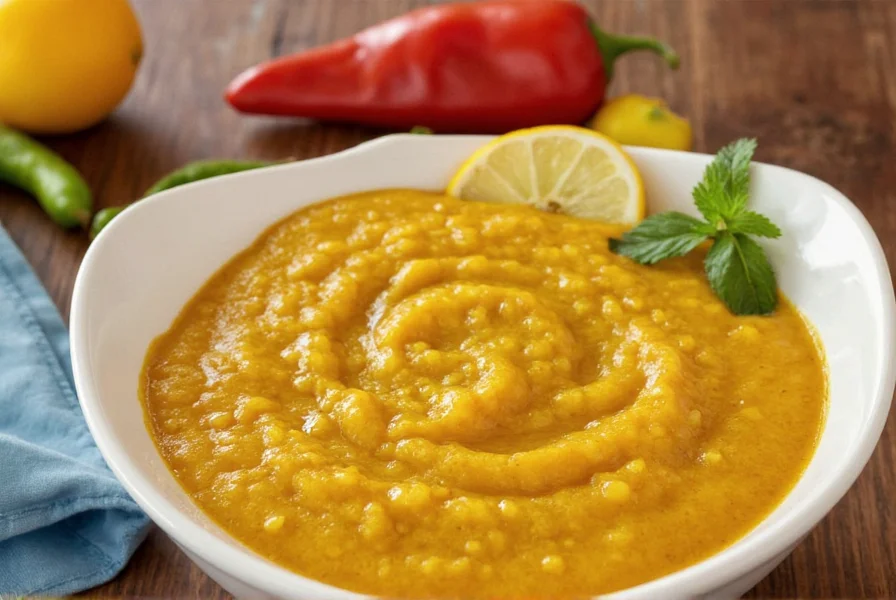









 浙公网安备
33010002000092号
浙公网安备
33010002000092号 浙B2-20120091-4
浙B2-20120091-4